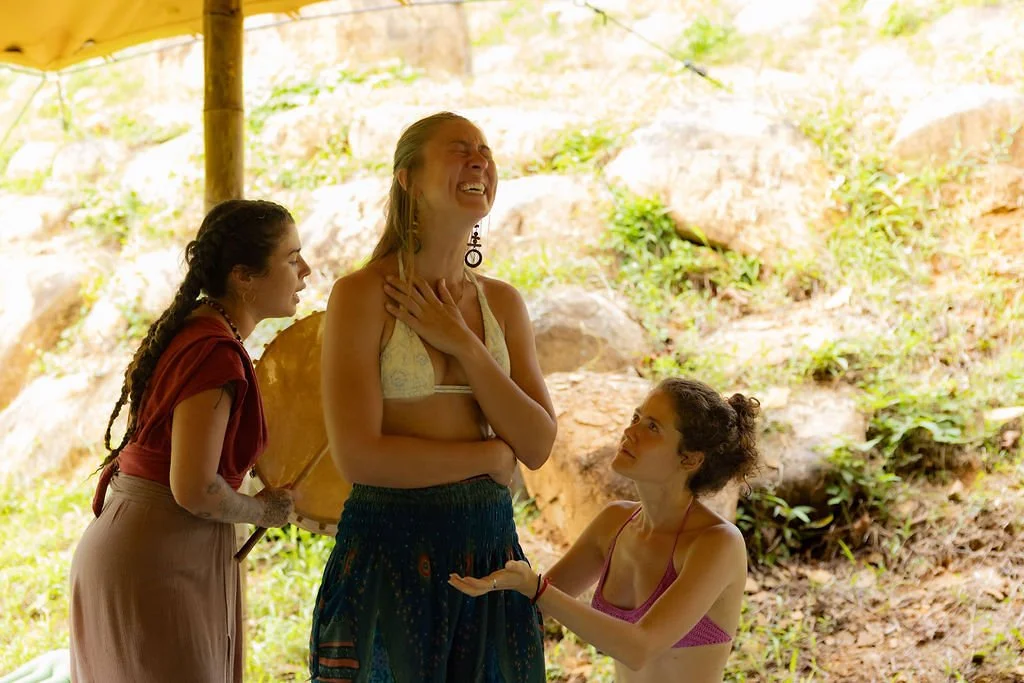
Voices of the Banshee
A grief ritual guided by the keening wail of ancestral memory.
To remember that sound is how grief travels
This is not about grieving the “right” way.
It’s about letting your grief move—through your breath, your voice, your body.
Keening is an ancient ritual of lament.
The Bean Chaointe—The Keening Woman—wailed for the dead, not quietly, but publicly, guiding the community through mourning with her voice stretched between the worlds. She didn’t just cry for the people, she cried with them.
Her grief made space for everyone else’s.
Her voice made grief a shared place.
My relationship with grief changed when I stopped hiding it.
It started in circles with women where tears weren’t fixed, but witnessed.
Where I learned to let the ache in my chest sound out loud.
Where the underworld stopped being a place I avoided, and started becoming the fertile ground of my voice.
Later, in Scotland, that thread deepened.
At the Callanish Stones, we stood in the wind, keening together.
People passed by—some pretending not to see us, some asking if we were okay.
That moment stayed with me.
How far we’ve pushed grief from view.
How rarely we’re given space to tend it together.
But grief is still here.
In the quiet heartbreak of climate collapse.
In the overwhelm of polycrisis.
In the personal and collective losses that don’t always get a funeral.
Grief needs somewhere to go. Voice gives it shape.
This is a space to practice that.
To give grief a voice again.
To let it be relational, rhythmic, and real.
Through sound, story, and ritual, we remember how to feel what feels like too much without drowning in it or turning away. In MAA we create the invitation for the voice to be become an access point to stay present. To transmute overwhelm into presence. Apathy into action. Silence into song.
Voices of the Banshee is not about fixing grief.
It’s about giving it a place.
A voice.
A rhythm.
A witness.
Together we reclaim keening as an act of cultural resistance and remembrance.
A way to widen the image of the Bean Chaointe and name what silenced her.
A way to come back into our bodies.
To grieve in good company.
To wail, whisper, moan, remember and be met.
A place to sound the voice of your grief, whether it’s ancestral, personal, or collective.
A place to allow while you feel something hard.
A place to come as you are, and not have to carry it alone.
You don’t need to know how to sing.
Just presence. Just breath. Just voice.

